Ford’s second electric crossover based on the Volkswagen Group’s MEB platform – which is tipped to revive the fabled Capri name – will be revealed shortly, the company has confirmed.
The new EV, which has already been spied testing in prototype form, will be a sibling to the larger Explorer and rival the likes of the Peugeot e-3008, Volkswagen ID 5 and Volvo C40.
Ford has now begun production of the MEB-based Explorer at its new Electric Vehicle Centre in Cologne – its first dedicated EV manufacturing facility in Europe – and has confirmed that a second EV will go into production there later this year.
It has described this second machine as a “sports crossover” and says that it will be “revealed shortly”. While Ford has yet to officially confirm the name for the new model, the Capri tag has been widely reported.
Ford's Electric Vehicle Centre is an extensively refurbished factory that used to house manufacturing of the now-discontinued Ford Fiesta. The firm has invested £1.6 billion in the site.
Ford has equipped the site with “cutting-edge AI” and more than 600 robots, and it claims the use of “digital twin” monitoring technology will monitor production in real-time to yield what manufacturing chief Rene Wolf called “unprecedented levels of quality”.
The spy shots previously captured of the Capri suggest that it will look more like a raised saloon than some other coupé-SUVs, and there are hints that it will have a raft of bespoke design cues to differentiate it from the more rugged Explorer.
It's clear, for example, that the new EV features a unique LED headlight design that apes that of later Capris.
Underneath, it's expected to be technically identical to the Explorer, with a choice of three EV powertrains ranging in output from 168bhp to 335bhp, and either a 52kWh or a 77kWh battery pack for a maximum range of around 374 miles. Charging will be at speeds of up to 170kW.
The Capri was originally due to launch around six months after its Explorer sibling. But the Explorer, first shown in March 2023, has only just gone into production following delays due to the need to comply with new battery legislation coming into effect next year.
Autocar first reported in 2019 that the Capri name was in the frame for a revival. Speaking to Autocar late last year Amko Leenarts, the firm's Europe chief designer, heard just how important historic nameplates will be for Ford as it progresses with its electric revolution.
Leenarts spoke excitedly and passionately about the next stage in the company’s evolution as he showed Autocar around Ford's expansive Merkenich Design Studio, just down the road from the company's Cologne factory.

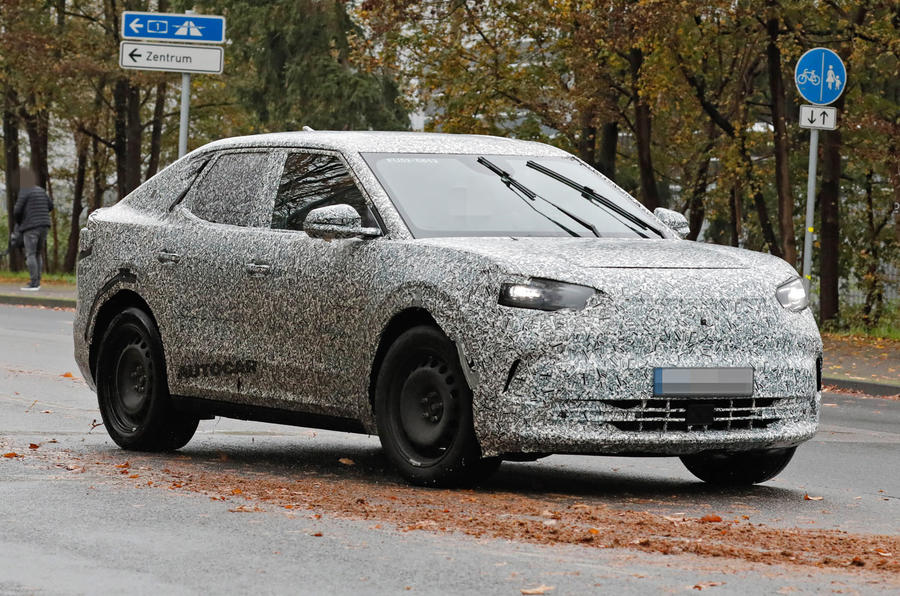

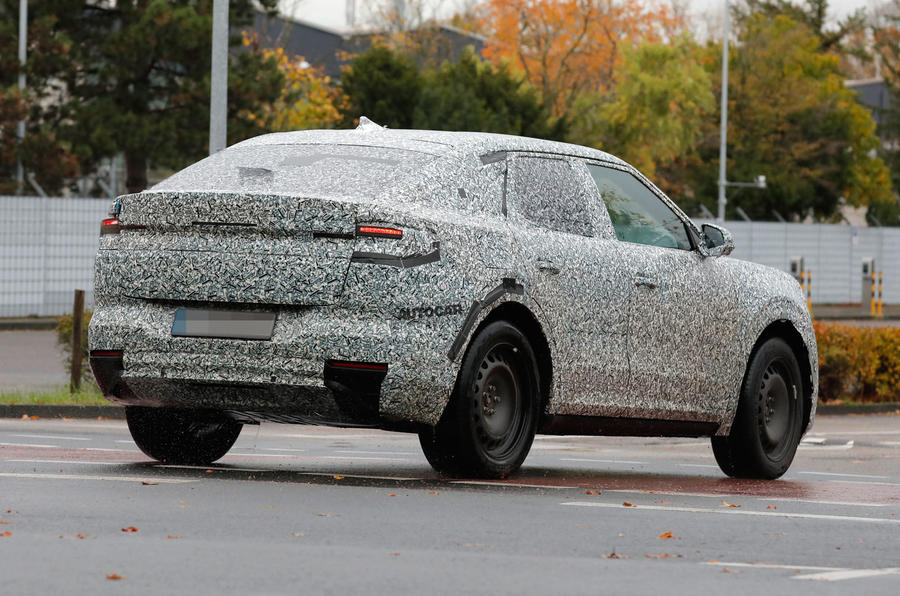








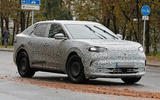













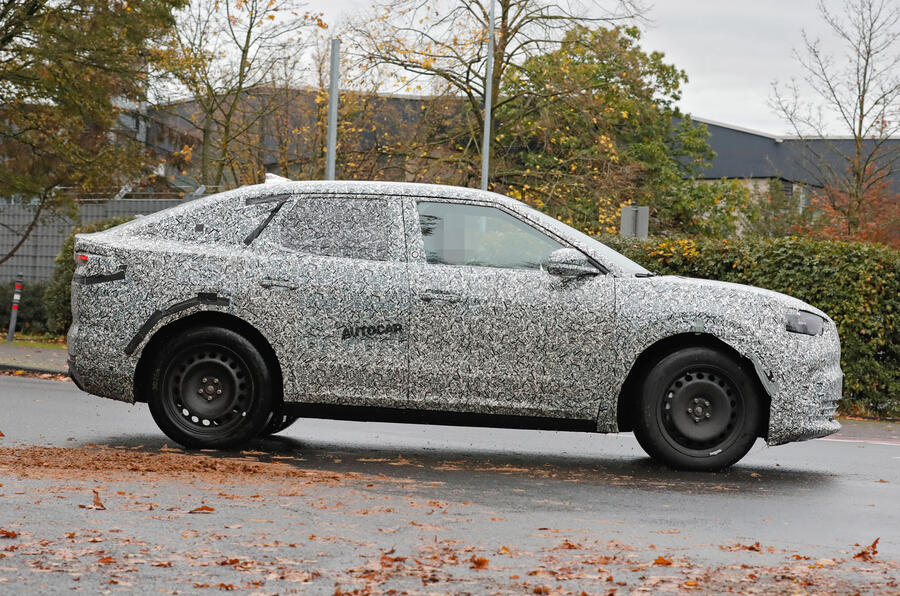
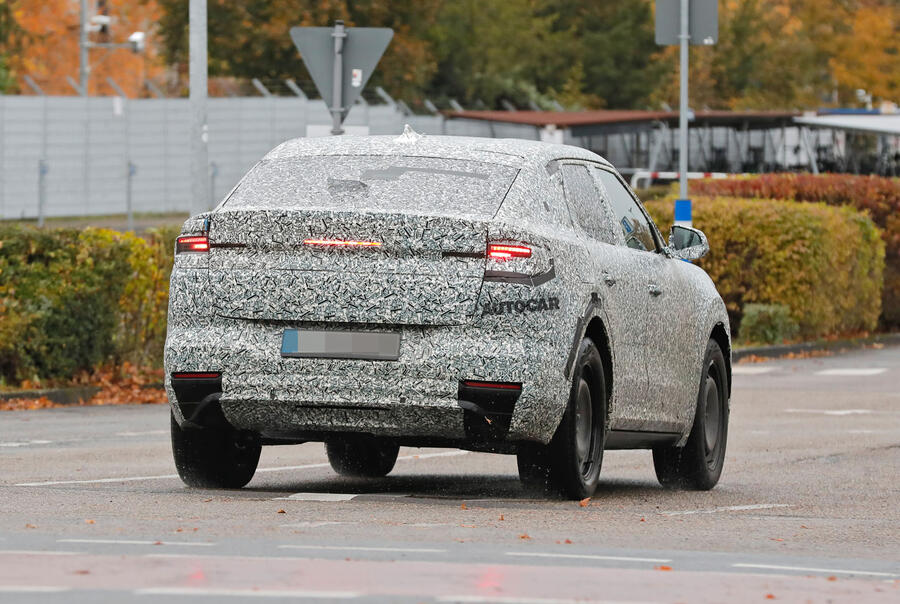







Join the debate
Add your comment
Hurray for yet another forgettable, bloated cuckover.
Has no one else spotted the trend? Affordable small cars disappearing off the price lists, bloated, over priced EV alternatives appearing at £35k+ for poverty spec models... previous chip shortage pushes manufacturers to concentrate on higher margin models. Western governments have had enough of the masses choosing their mode of transportation, those of us over the age of 50 have enjoyed one of the most liberated periods in human history, welcome to the beginning and the end of choice and free will.
Ford using the 'Mustang' name on the Mach-E was bad enough, but using the Capri name just to try and drum up some interest in a very ho-hum, forgettable EV is one step too far. The Capri is a car that went down in history - this one will just be forgotten.